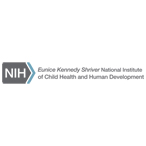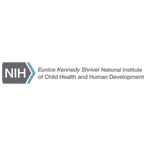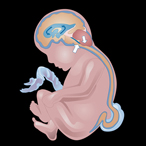New Video Highlights NIH Investment in Zebrafish Research
As they strive to develop new treatments for birth defects, or to prevent them, scientists at the National Institutes of Health have found a big ally in a small fish. An NIH video shows how the zebrafish, Danio rerio, is a valuable resource for scientists trying to understand the intricate process by which a fertilized egg develops into a fully formed individual, and the numerous diseases and conditions that can result when even a tiny part of the process goes wrong.






 BACK TO TOP
BACK TO TOP